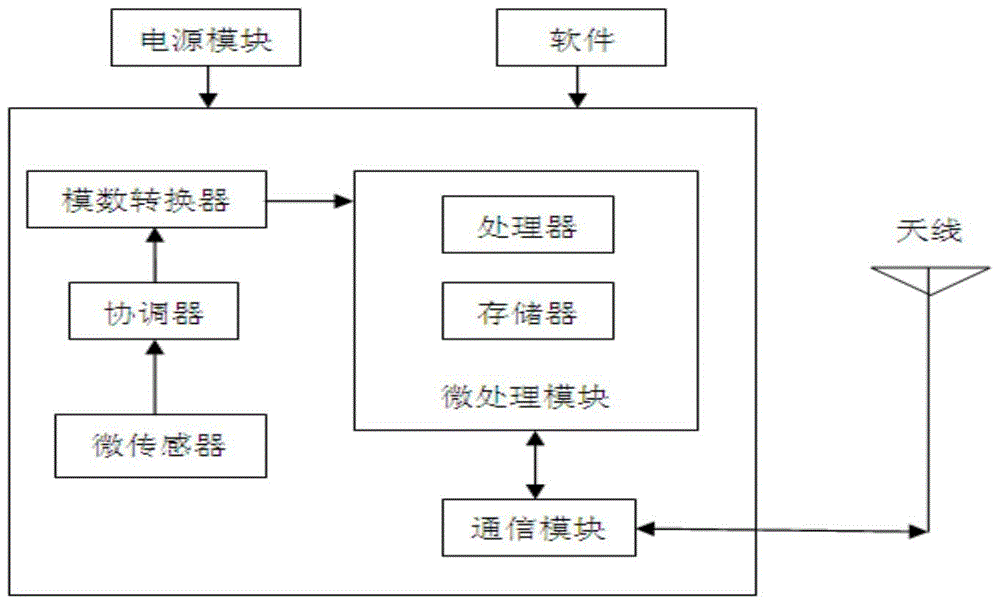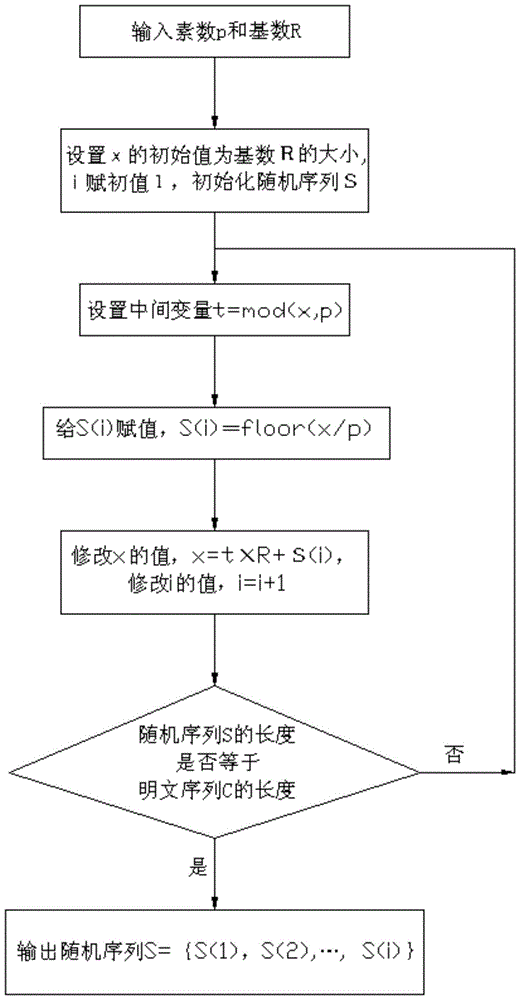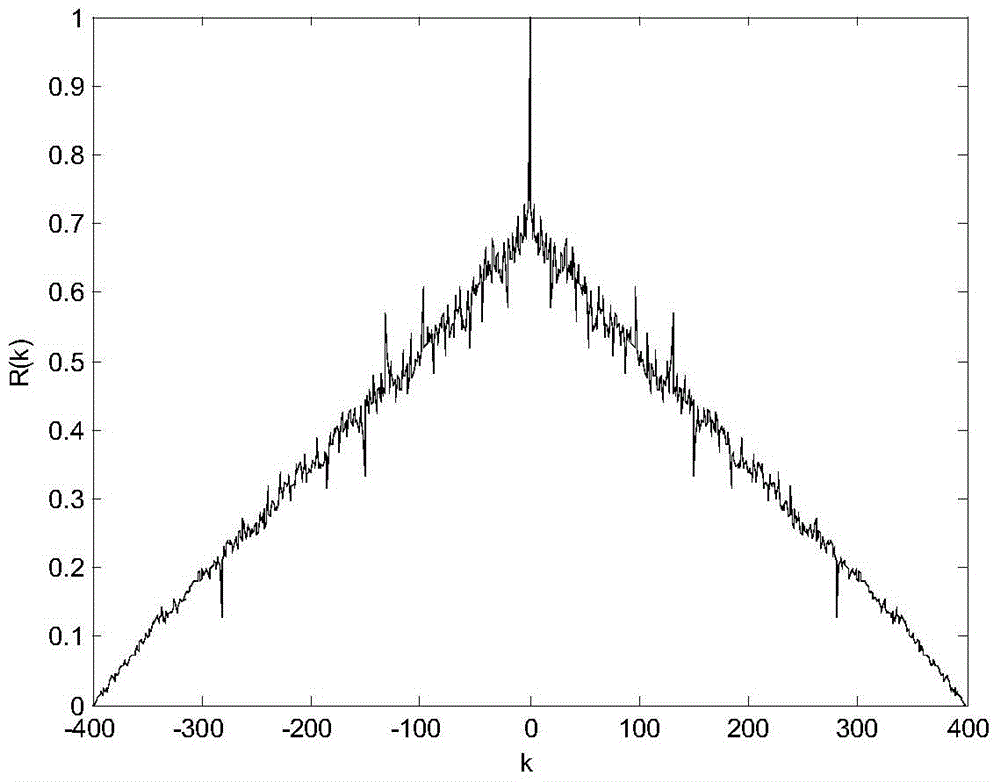Pseudo-random sequence generation method and application method for wireless sensor network nodes
A wireless sensor and pseudo-random sequence technology, applied in wireless communication, network topology, electrical components, etc., can solve problems such as limited applications, and achieve good autocorrelation effects
- Summary
- Abstract
- Description
- Claims
- Application Information
AI Technical Summary
Problems solved by technology
Method used
Image
Examples
Embodiment Construction
[0046] The present invention provides a pseudo-random sequence generation method for wireless sensor network nodes. The pseudo-random number sequence generation method reintroduces the output random sequence value into the calculation process of the next random sequence value, so that the generated new While maintaining its original random characteristics, the D-sequence of D-sequence changes the original (1 / p) R The limited cycle period of D-sequence expands its sequence length. The working principle of this pseudo-random sequence generation method for wireless sensor network nodes can be expressed by formulas (1) and (2):
[0047] S(i)=floor(x(i-1) / p) (1)
[0048] x(i)=R×mod(x(i-1),p)+S(i) (2)
[0049] Among them, R is the base number, the denominator p is a prime number, the floor operation is a rounding operation, the Mod operation is a remainder operation, x(0) is set to R, and the random sequence generator can generate a corresponding random sequence S(i ), S(i) is an ...
PUM
 Login to View More
Login to View More Abstract
Description
Claims
Application Information
 Login to View More
Login to View More - R&D
- Intellectual Property
- Life Sciences
- Materials
- Tech Scout
- Unparalleled Data Quality
- Higher Quality Content
- 60% Fewer Hallucinations
Browse by: Latest US Patents, China's latest patents, Technical Efficacy Thesaurus, Application Domain, Technology Topic, Popular Technical Reports.
© 2025 PatSnap. All rights reserved.Legal|Privacy policy|Modern Slavery Act Transparency Statement|Sitemap|About US| Contact US: help@patsnap.com



